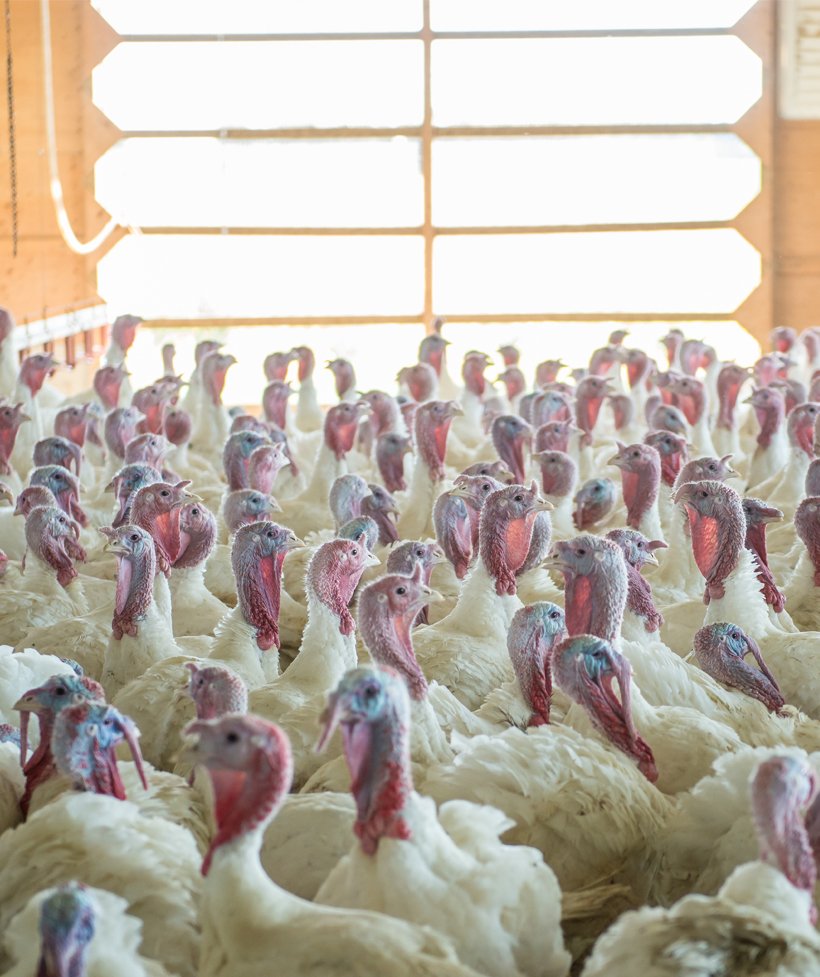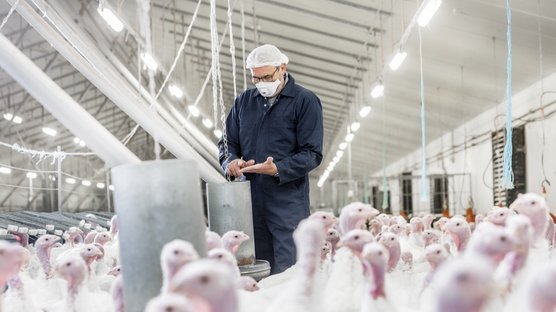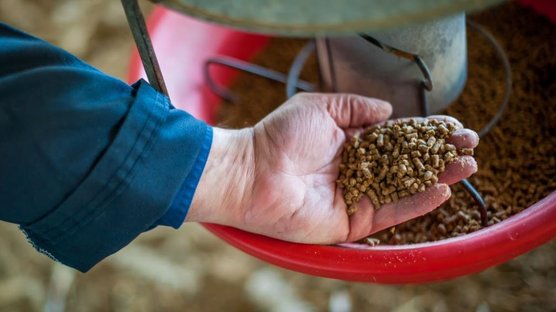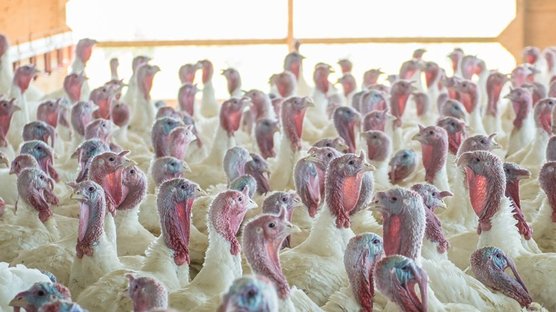
Published on June 16, 2023
Preparing for Tunnel Ventilation Season
With warm weather around the corner, it is time to make sure your tunnel system is running properly. It is easy to forget about the little things and overlook the essential preparations that are needed for optimum tunnel ventilation performance.
Preparing cool cells
If your barn has cool cells, they should be thoroughly cleaned to make sure any bacteria or microorganisms growing in them are killed. Dirty cool cells will produce a higher static pressure and lower wind speed readings. You should also check to see that the water is flowing correctly over the pad. If it is not, or if you see streaking, this can reduce cooling by 3 or more degrees. If you are getting an insufficient amount of water on the cool cell, you may need to check that the pump is working correctly and has the correct amount of pressure to pump out the water. Minerals and algae will build up on cool cells if they are not cleaned properly. This reduces the effectiveness and the life of cool cells.
Checklist
- Clean cool cells
- Check cool cell functionality
Preparing fogging system
If your barn has a fogging system, you’ll want to turn on your foggers on a relatively cool day before you’re in need of them to ensure they’re working properly. Make sure all the nozzles have water coming out of them at the right pressure. Chlorine dioxide, or another form of water sanitation, should be run through the fogging system when it is used so bacteria and biofilm that have built up in the line don’t get fogged onto the turkeys.
Checklist
- Run water sanitizer through the fogger system
- Check fogger nozzle functionality
Preparing fans
Fan belts need to be checked because they do not stretch but become thinner over time. If the belt is lower in the pulley, it will decrease the effective size of the pulley. This will result in reduced fan speed and lower static pressure. It is a good idea to change the belts yearly, so you know you’re getting the optimum air speed from them. Misaligned pulleys can also wear fan belts down. This can happen if the fan and the motor pulleys aren’t in line, or if the motor pulley is pulled up or down. Fans and shutters should also be cleaned regularly. It is also important to check that fan shutters will open and close properly and that they’re clean. Fan blades also need to be checked to make sure they are clean.
Checklist
- Change fan belt (if needed)
- Ensure fan and motor pulleys are aligned
- Clean fans and shutters to remove excess dust and feathers
- Check fan and shutter functionality
If a fan isn’t running at optimum condition, you’re not getting all the cooling you think you are. Dirty fans and fans with worn out belts can create up to 30% reduction in speed. So, if you were getting 600ft/min, now you’re only getting 420 ft/min. In terms of wind chill, that means you went from a 15˚F chill to half of that at around 7.5˚F. So, if it’s 85˚F in the barn, at 600ft/min, the real feel would be 70˚F, but with only 420 ft/min, it’s 77.5˚F in the barn.

Preparing environmental controls
You’ll want to check that your computer systems are reading correctly. Computer systems can often get out of calibration. You’ll want to check static pressure readings and thermostat readings. A tight test should also be performed on the house because the tighter the house, the better the barn will perform.
Checklist
- Check static pressure and thermostat reading functionality
- Perform tight test
In summary, to achieve optimum ventilation in tunnel season, you need proper air flow to produce adequate cooling through cool cells or from fogging systems. Maintenance is key for barn performance.
References
Maximizing Ventilation System Performance. Section 13 of UGA Summer Ventilation. 2008.
Michael Czarick. Pad system installation and operation. Section 10 of UGA Summer Ventilation. 2008.



